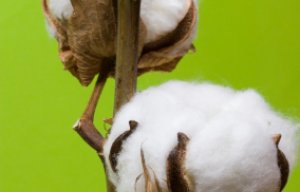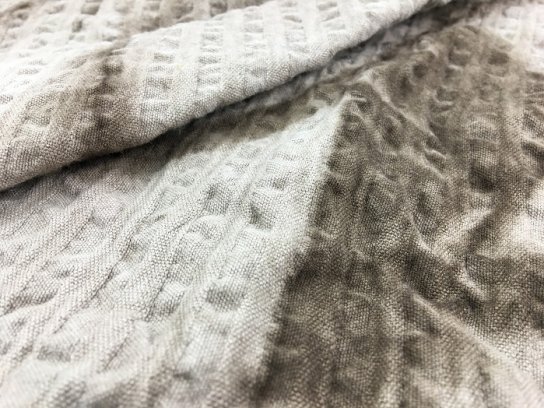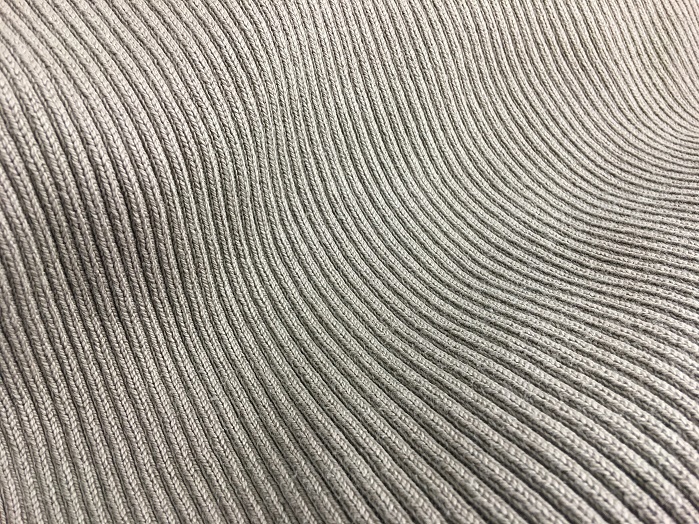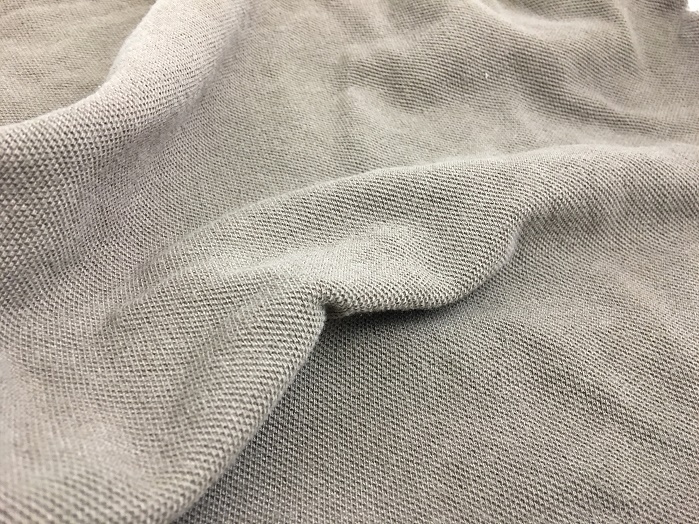
Cotton Incorporated appoints first Chief Sustainability Officer
Cotton Incorporated presented knit and woven fabric samples dyed with the EarthColours at the Premiere Vision trade fair.

19th September 2016
Knitting Industry
|
Reinach
Cotton Incorporated, the research and promotion company for cotton, and Archroma, a leader in colour and specialty chemicals, have collaborated on what they believe is the first ever dye derived from cotton plant residues.
Cotton Incorporated approached Archroma to develop a dye option that may represent an opportunity in modern textile history to create and colour a fabric using a single plant source. EarthColours is Archroma’s innovative method of creating dyes in warm, ternary shades from nature.
Cotton Incorporated presented fabric samples dyed with the EarthColours cotton-derived dye at the Premiere Vision trade fair taking place in Paris, France, from 12-14 September. The knit and woven constructions, produced at Cotton Incorporated’s laboratories and at the Cone White Oak facility, demonstrated the range of brown hues that be achieved using 100% cotton biomass as the source.
The patented technology aims to address two key concerns of the textile industry: sustainability and traceability. These sulfur-based dyes are designed for use on cellulosic fibres, such as cotton. While most dyes in the textile industry are synthetic, using petrochemicals (oil) as a base, EarthColours is a biosynthetic alternative that utilizes natural waste from the agricultural or herbal industry, the company explains.
There is an ample supply of cotton biomass. The global volume of cotton harvesting and ginning by-products – which includes burs, stems, immature bolls, lint, sticks, and leaves – can be as much as three million tons per year. One 480 lb. bale of cotton, for example, can produce 150-200 lbs. of usable by-products. According to Archroma, its EarthColours application on cotton by-products marks the first time the cotton plant has been used to actually dye cotton fabrics.
“As soon as we heard about the EarthColours technology, we wanted to explore the possibilities of cotton as a natural dye source,” said Mary Ankeny, Senior Director Textile Chemistry Research at Cotton Incorporated, who led the project from the Cotton Incorporated side.

“By-products of cotton harvesting and ginning have been utilized within the food and construction industries for decades, but we were intrigued by the idea of using cotton biomass to dye cotton fibre.”
Dyeing a natural fibre with dye processed with natural ingredients has appeal for many environmentally-conscious brands, a niche Archroma aimed to fill with the launch of the line in 2014. “We are grateful to Cotton Incorporated to have brought us this challenge. Archroma strives to challenge the status quo, and our EarthColours technology demonstrates our dedication to support and inspire sustainable fashion with warm colours that can be traced from the field to the shop,” commented Nuria Estape, Head of Textile Specialties Global Marketing & Promotion, at Archroma.

Each batch of EarthColours dye is said to offer a high level of traceability in the form of a hangtag with a Near Field Communication chip. Data on the chip, which can be accessed by Archroma customers and even consumers through a smart phone, explains the manufacturing process of the dye and where the natural materials were sourced.
Similarly, every bale of cotton grown in the US receives a bale identification tag. The tag allows cotton businesses to trace the journey of the bale as far back as the facility where the cotton was ginned. The tag also includes information on the fibre characteristics for the cotton contained in the bale.

Business intelligence for the fibre, textiles and apparel industries: technologies, innovations, markets, investments, trade policy, sourcing, strategy...
Find out more